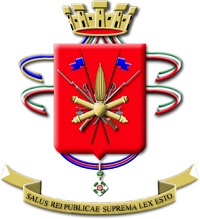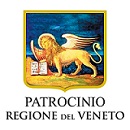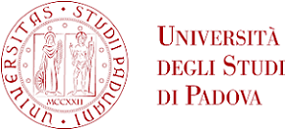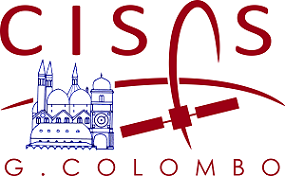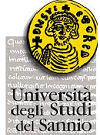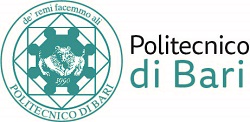 MAIN SIGHTS IN PADUA
MAIN SIGHTS IN PADUA 
Basilica of St. Anthony
Il Santo is the soul of Padua, a key pilgrimage site and the burial place of patron saint St Anthony of Padua (1193–1231). Begun in 1232, its polyglot style incorporates rising eastern domes atop a Gothic brick structure crammed with Renaissance treasures. Behind the high altar nine radiating chapels punctuate a broad ambulatory homing in on the Cappella del Tesoro (Treasury Chapel), where the relics of St Anthony reside. You’ll also notice dozens of people clustering along the left transept waiting their turn to enter the Cappella del Santo , where Anthony’s tomb is covered with requests and thanks for the saint’s intercession in curing illness and recovering lost objects. The chapel itself is a light-filled Renaissance confection lined with nine panels vividly depicting the story of Anthony’s life in extraordinary relief sculptures. The panels are attributed to the Padua-born Lombardo brothers and were completed around 1510. Other notable works include the lifelike 1360s crucifix by Veronese master Altichiero da Zevio in the frescoed Cappella di San Giacomo ; the wonderful 1528 sacristy fresco of St Anthony preaching to spellbound fish by a follower of Girolamo Tessari; and 1444–50 high altar reliefs by Florentine Renaissance master Donatello (ask guards for access). Through the south door of the basilica you reach the attached monastery with its five cloisters. The oldest (13th century) is the Chiostro della Magnolia , so called because of the magnificent tree in its centre.
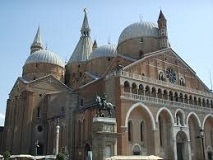
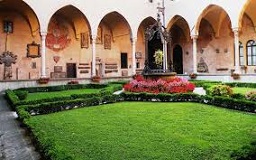
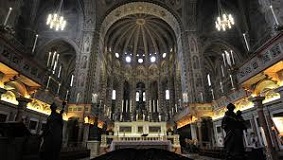
Scrovegni Chapel
The chapel of the Madonna dell' Arena was built from 1303 to 1305 as the chapel of a palace that was demolished around 1820. While it may not look extraordinary from the outside, its interior is one of Italy's most priceless art treasures. The walls of this chapel are entirely covered with frescoes painted by Giotto from 1303 to 1306. These scenes from the life of the Virgin and the life of Christ are Giotto's earliest, largest and best preserved works. Particularly fine are the Kiss of Judas and the Lamentation in the third row, depicting the Passion with great dramatic force. The colors are vivid, and the expression far ahead of Giotto's contemporary artists. On the altar is a Madonna with Two Angels, an outstanding sculpture by Giovanni Pisano. After meticulous preservation efforts, the chapel is now protected by a sealed and monitored atmospheric system, and public access is limited and timed to control the frescoes' carbon dioxide exposure. To see the chapel, you must make advance reservations; same-day reservations are no longer possible, even in less crowded seasons.

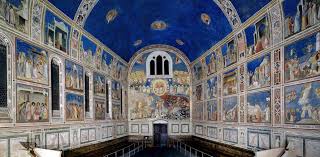
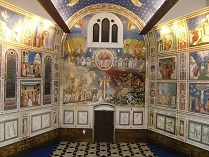
Botanical Garden
The botanical garden, founded in 1545, is the world's oldest existing academic botanical garden and the original of all the world's botanical gardens. It began as a way for students to identify true medicinal plants, to prevent mistakes and frauds in a day when healing relied heavily on herbs. With additions from throughout Venice's sprawling overseas empire and from their trading ports beyond, the garden made Padua the leader in the introduction and study of exotic species. Today, it continues a resource for scholars, a place where the public can learn about plants and a center for preserving rare and endangered plant species. Although details and decorative elements have been added, and a wall was built in 1552 to protect the precious plants from thieves, the elegant geometrical patterns of the beds that you see today are its original design.
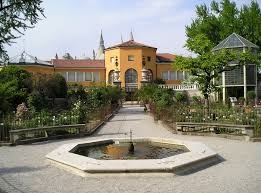
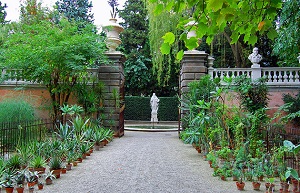
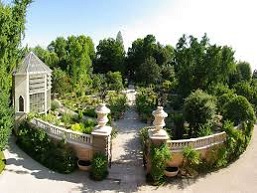
Piazza dei Signori and Palazzo della Ragione
In the heart of Padua's old city, three adjoining squares have been the center of life for Padovani since the Middle Ages. Between Piazza della Frutta and Piazza delle Erbe, the Salone or Palazzo della Ragione, built 1218-19 as a law court, is Europe's largest medieval hall. Its walls are covered in hundreds of fresco panels with astronomical, mythological, and zodiac themes. Also inside the huge hall, which was rebuilt in 1430, is a large 15th-century wooden horse, a copy of Gattamelata's horse in Donatello's famous statue in the Piazza del Spirito. In the Piazza dei Signori is the elegant Early Renaissance Loggia del Consigli, or Loggia della Gran Guardia, and a tower with a 14th-century astronomical clock.




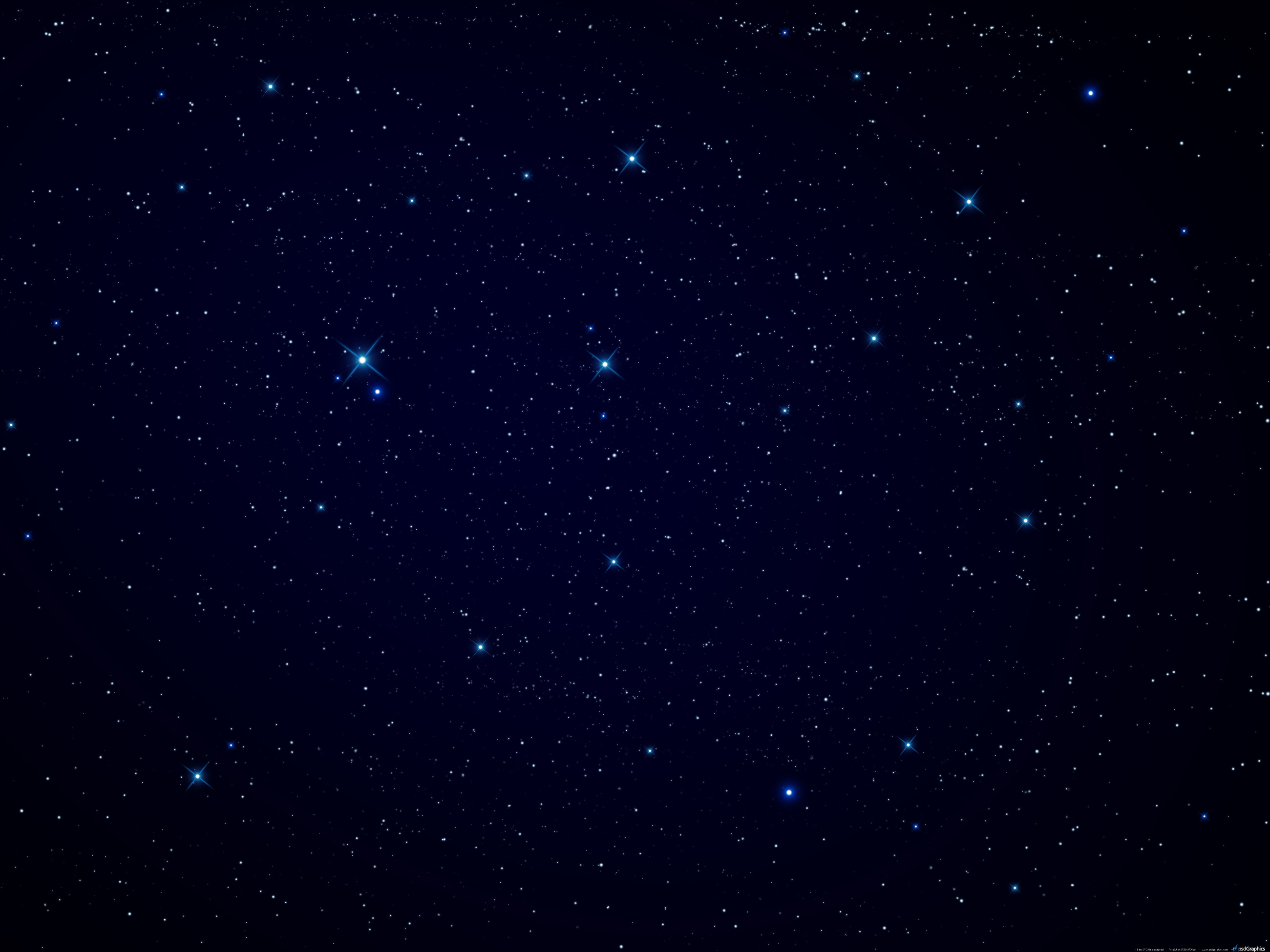
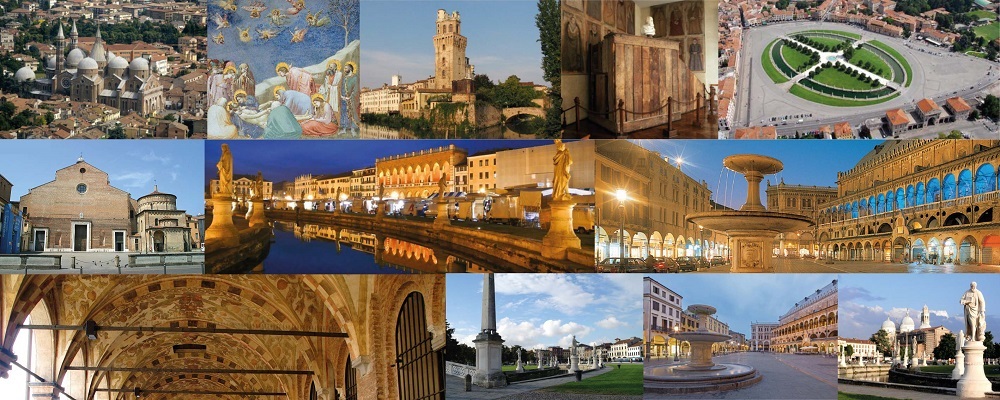
 PROMOTED BY
PROMOTED BY




